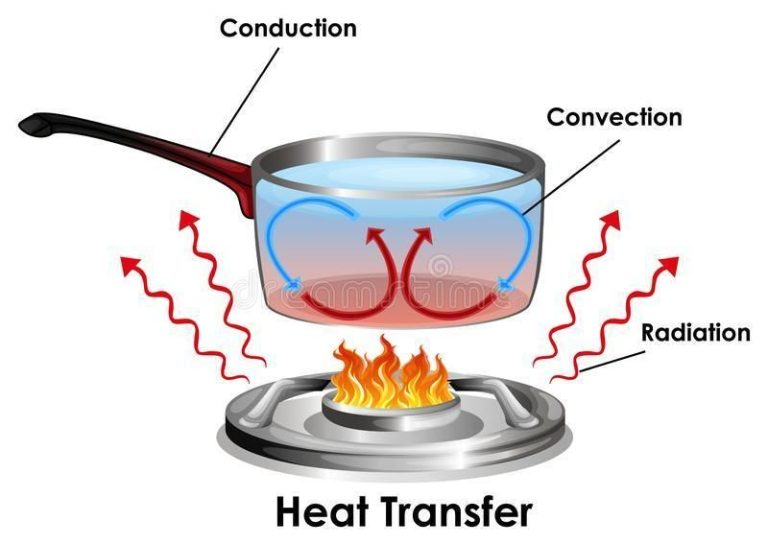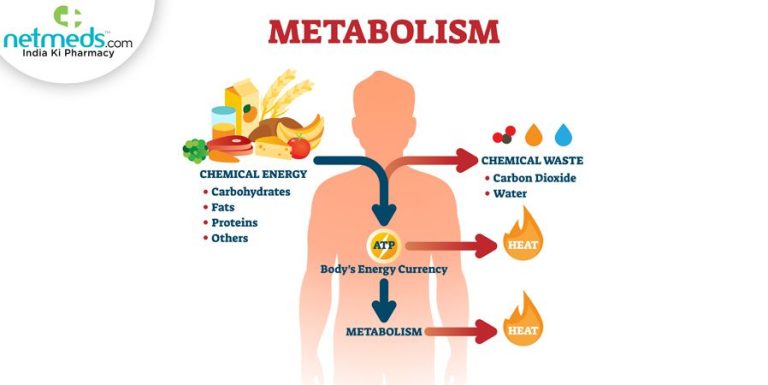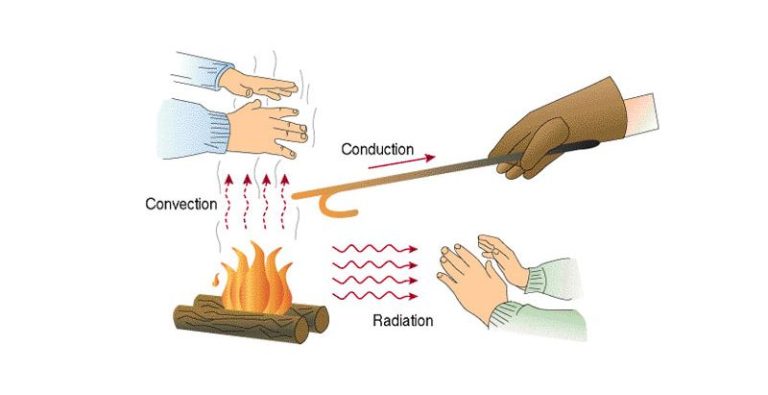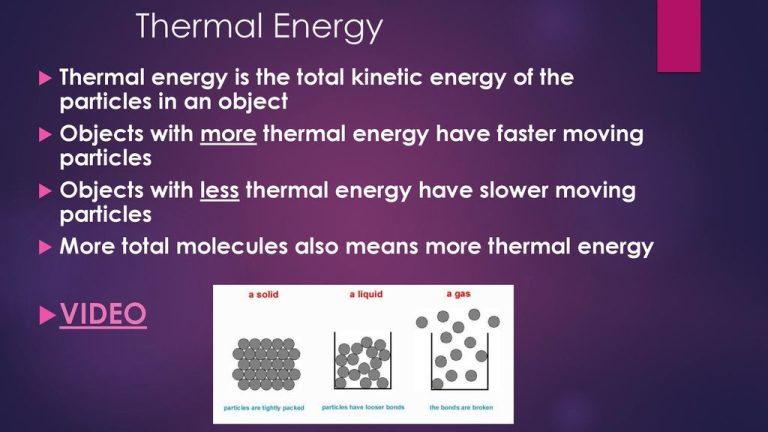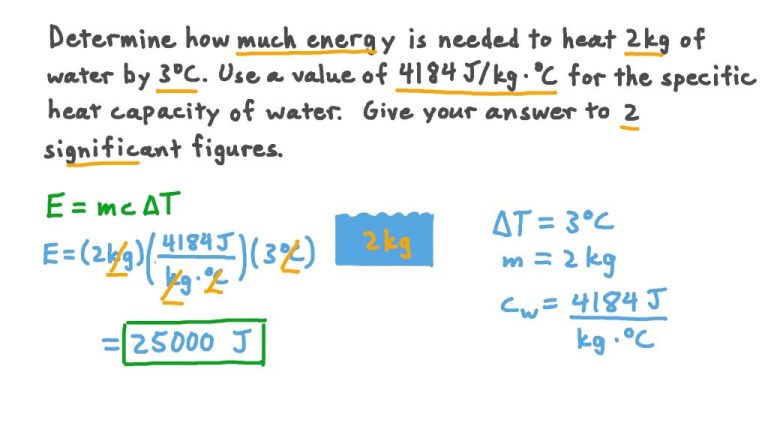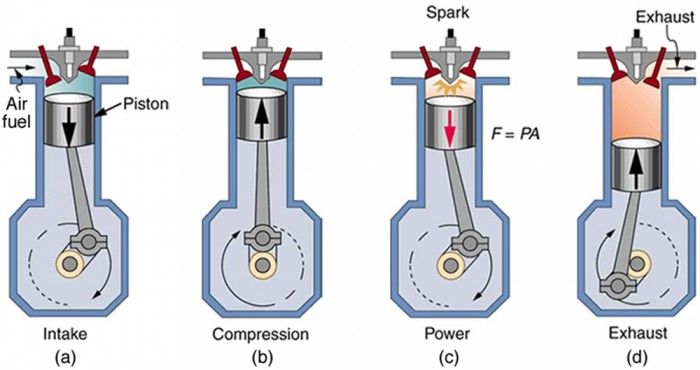Which Of These Forms Of Energy Is Not Renewable Quizlet?
Renewable and nonrenewable energy sources are two broad categories used to classify types of energy. Renewable energy comes from sources that are naturally replenished, such as sunlight, wind, rain, tides, waves, and geothermal heat. Nonrenewable energy comes from sources that are finite and will eventually be depleted, such as fossil fuels like oil, natural gas, and coal.
In this article, we will discuss some of the most common renewable and nonrenewable energy sources. We will also look at which of these sources is considered nonrenewable, to help answer the question “which of these forms of energy is not renewable?”. By the end, you should have a good understanding of renewable vs nonrenewable energy.
Fossil Fuels
Fossil fuels are a nonrenewable energy source formed from the remains of ancient plants and animals that died millions of years ago. Over time, the organic material was covered by layers of sediment and rock, subjecting them to high pressure and heat. This process transformed the organic matter into fossil fuels such as coal, oil, and natural gas.
Coal is a combustible black or brownish-black sedimentary rock that forms from buried organic matter such as plant debris and decaying plants that underwent geological process over millions of years. Coal is considered a nonrenewable energy source because it takes millions of years to form.
Oil, also known as petroleum, is a fossil fuel derived from ancient organic materials such as zooplankton and algae that settled at the bottom of seas and lakes millions of years ago. Over long periods of time, the organic matter mixed with mud and was buried under heavy layers of sediment. The resulting heat and pressure turned the organic compounds into crude oil. Like coal, oil is a nonrenewable source because its rate of formation is extremely slow.
Natural gas is a fossil fuel that formed deep beneath the earth’s surface from the decayed remains of plants and animals. It is found in underground reservoirs and in association with other fossil fuels, like coal and crude oil. Natural gas cannot be renewed on a human time frame as it takes millions of years to form, making it a nonrenewable resource.
Solar Energy
Solar energy is one of the most abundant and promising renewable energy sources on Earth. It harnesses the sun’s energy and converts it into electricity or heat. Solar panels contain photovoltaic cells that absorb photons from sunlight and convert them into electrical current. This electricity can be used to power homes, buildings, and even feed into utility grids.
The amount of solar energy that reaches Earth’s surface every hour is greater than the amount of energy used by the entire world in a year. This makes solar a very attractive renewable resource. Solar energy is considered renewable since the sun’s energy supply is essentially limitless and will continue shining for billions of years. As long as the sun continues providing energy, solar power systems can harness it without depleting the resource.
Solar energy systems come in many different forms like solar panels, solar hot water heaters, and concentrated solar power plants. Solar power is also scalable, meaning it can be implemented on small and large scales, from powering single homes to entire cities. With solar technology improving and costs continuing to fall, solar energy has tremendous potential to supply cleaner and renewable electricity around the world.
Wind Energy
Wind energy is power generated by harnessing the wind with turbines. As wind blows over the turbines, the turbine blades spin generating mechanical power. This power then turns a generator which converts the mechanical rotation into electrical power. Wind energy is considered renewable because wind is continuously replenished by solar heating and the rotation of the earth. As long as the sun continues heating the earth and the earth continues spinning, we will have wind energy.
Wind turbines are usually grouped together into wind farms and connected to the electrical grid to provide power to homes and businesses. Wind energy is clean and sustainable, producing no air or water pollution. The wind itself is free and will not run out, making wind power a secure domestic source of renewable energy. The United States has abundant wind resources, enough to supply the country’s electricity demands several times over. By harnessing wind power, we can generate energy while reducing our dependence on finite fossil fuels.
Hydropower
Hydropower harnesses the energy from flowing water to generate electricity. Typically, hydropower comes from dams that use large turbines to capture the kinetic energy in rivers or waterfalls. As the water flows through the dam, it spins the turbines, which then turn generators to produce electricity. Hydropower is considered a renewable energy source because it relies on the water cycle, in which water evaporates, forms clouds, precipitates, and flows back down to the ocean in an ongoing cyclic process driven by the sun’s energy. As long as the water cycle continues, hydropower can be harnessed again and again, making it a sustainable clean energy source with low greenhouse gas emissions.
Geothermal Energy
Geothermal energy harnesses the heat from within the earth to generate electricity and provide heating and cooling. The word “geo” means earth, and “thermal” means heat. Deep below the earth’s surface, temperatures can reach over 400°C, which provides a continuously recharged source of heat energy. Geothermal power plants tap into reservoirs of hot water or steam and use this heat to drive turbine generators that produce electricity. Geothermal energy is considered renewable since the earth’s internal heat is constantly regenerated by radioactive decay and heat dissipation from the earth’s core. After water has circulated through a geothermal power plant, it is returned back into the reservoir to be reheated, creating a sustainable closed-loop energy system. Geothermal energy provides reliable baseload power with a small land footprint and minimal carbon emissions. While geothermal accounts for a small portion of U.S. renewable electricity generation today, there is significant potential to expand its use, especially in Western states where geothermal resources are abundant. With advanced technologies to access deeper resources, geothermal could play a major role in a clean energy future.
Bioenergy
Bioenergy refers to the renewable energy that comes from plant and animal waste. This includes energy derived from wood, energy crops, algae, and agricultural or forest residues. Bioenergy is considered renewable since the plant materials and animal waste used to produce it can be replenished on an ongoing basis.
Plant materials like corn, sugarcane, and crops grown specifically for energy production can be used to make biofuels like ethanol and biodiesel. These liquid fuels can power vehicles and equipment. The organic matter in plant materials and animal waste contains stored energy from the sun. Using technology like combustion, gasification, pyrolysis, and anaerobic digestion, this energy can be released and harnessed for heating, electricity generation, and transportation.
Because bioenergy comes from plants and waste products that can be regrown or replenished naturally, it does not deplete finite resources and is renewable. As long as biomass feedstocks are grown and harvested in a sustainable way at the same rate as they are consumed for energy, the resource remains renewable. This makes bioenergy derived from plant materials and animal waste a sustainable and renewable alternative to fossil fuels.
The Nonrenewable Source
Of the common forms of energy, such as solar, wind, hydropower, geothermal, bioenergy, and fossil fuels, the nonrenewable energy source is fossil fuels. Fossil fuels like coal, oil, and natural gas are called nonrenewable because they are derived from ancient plants and animals that lived hundreds of millions of years ago. Unlike renewable energy that replenishes naturally over short periods of time, fossil fuels take millions of years to form, so they cannot be replaced as quickly as they are used up.
Fossil fuels formed when the remains of ancient lifeforms were buried under layers of sediment over geologic timescales and subjected to intense heat and pressure within the Earth’s crust. This process transformed the organic matter into concentrated hydrocarbons in the forms of coal, oil, and natural gas. Since fossil fuels are a finite resource and cannot be replenished in a human timescale, they are considered nonrenewable. The reserves that exist today were formed over hundreds of millions of years, but are being depleted much more rapidly to meet growing energy demands.
In contrast, renewable energy comes from sources that are continuously replenished through natural processes. The sun, wind, water, plants, and heat inside the Earth will not run out on a human timescale. That is why solar, wind, hydro, biomass, and geothermal energy are considered renewable, while fossil fuels are nonrenewable.
Quiz
Let’s test your knowledge of renewable vs nonrenewable energy sources with this short 5 question quiz:
-
Which of these energy sources is considered renewable?
- Solar
- Wind
- Coal
- All of the above
-
Which of these energy sources is nonrenewable?
- Natural gas
- Hydropower
- Geothermal
- Biomass
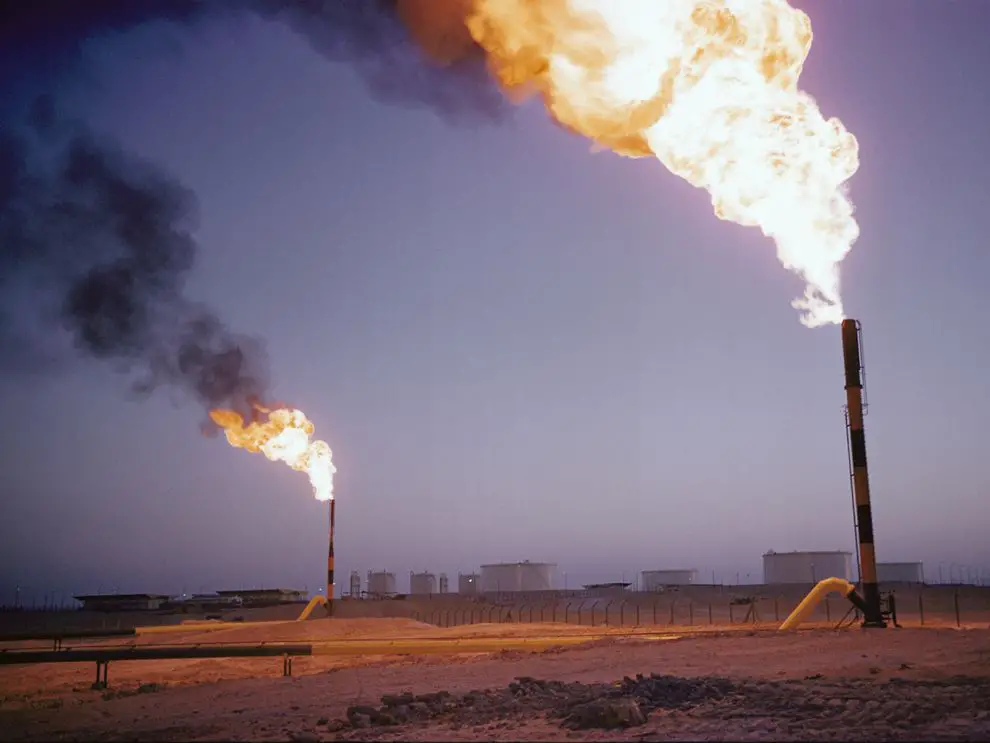
-
Which renewable energy source uses the sun’s radiation to generate electricity?
- Solar
- Tidal
- Geothermal
- Wind
-
What nonrenewable source is created when ancient plants and animals decay underground?
- Natural gas
- Coal
- Oil
- All of the above
-
Which of these renewable sources uses moving water to generate electricity?
- Hydropower
- Geothermal
- Biomass
- Solar
Conclusion
In summary, most forms of energy we rely on today can be classified as either renewable or nonrenewable. Renewable energy comes from natural sources that are constantly replenished, such as sunlight, wind, water, plants, and geothermal heat. These energy sources are considered renewable because they are naturally replenished within a human lifespan. The five primary renewable energy sources are solar, wind, hydropower, geothermal, and bioenergy.
Nonrenewable energy, on the other hand, comes from finite resources that cannot be easily replenished in a short period of time. The primary nonrenewable energy source used today is fossil fuels, which includes oil, coal, and natural gas. Fossil fuels formed over millions of years from the remains of plants and animals, so they cannot be replaced nearly as quickly as they are being used. For this reason, fossil fuels are considered nonrenewable.
As we work to build a sustainable energy future, it is important to understand the difference between renewable and nonrenewable sources. Shifting more of our energy portfolio to renewables will allow us to rely less on finite fossil fuels and more on inexhaustible energy sources like sunlight, wind, and water. The key takeaway is that fossil fuels are nonrenewable while solar, wind, hydropower, geothermal and bioenergy sources are renewable.

